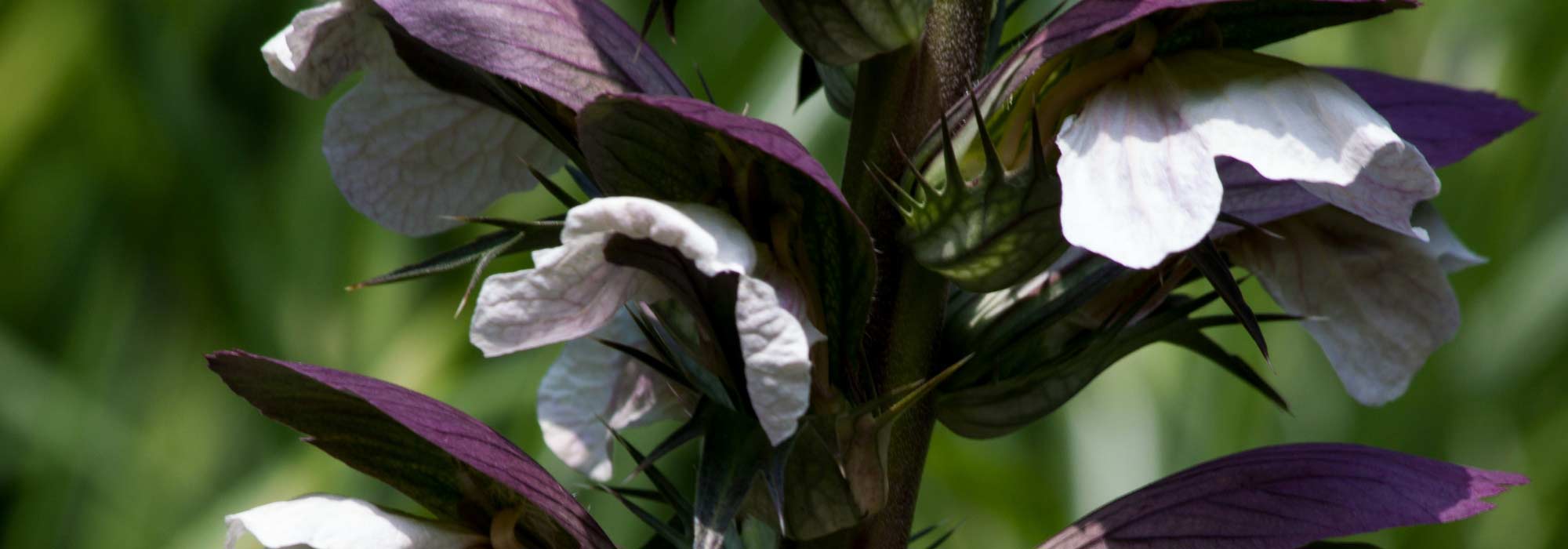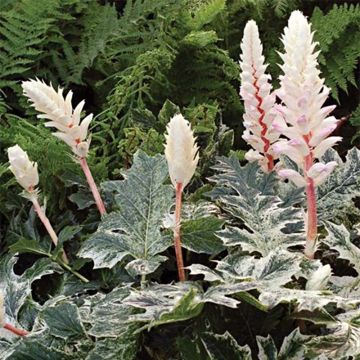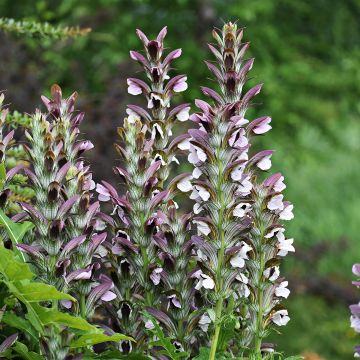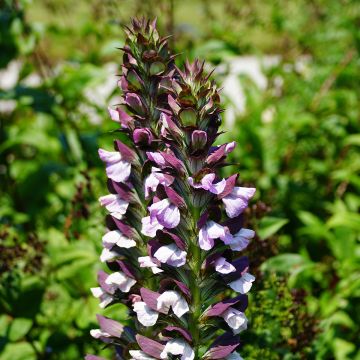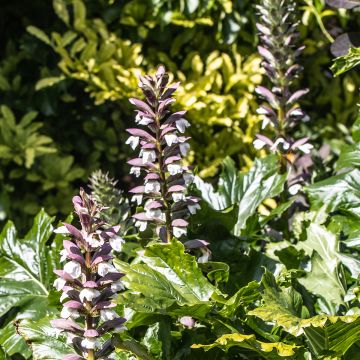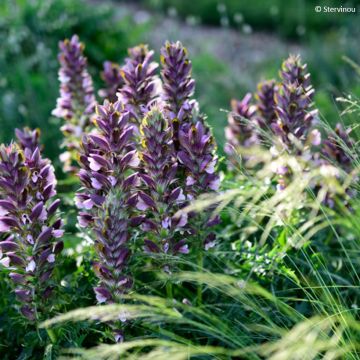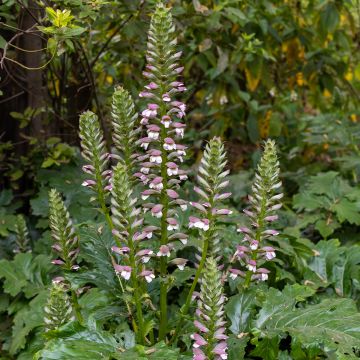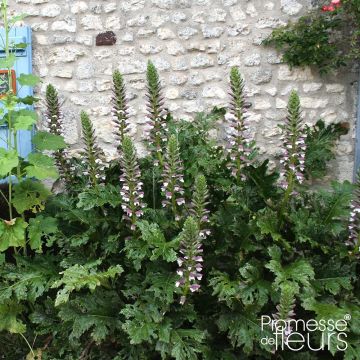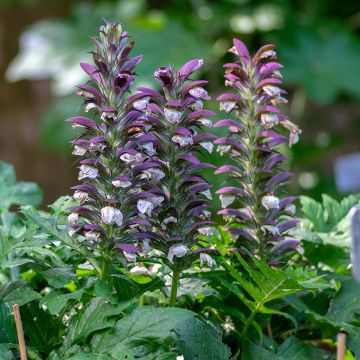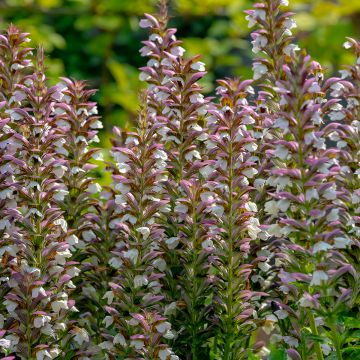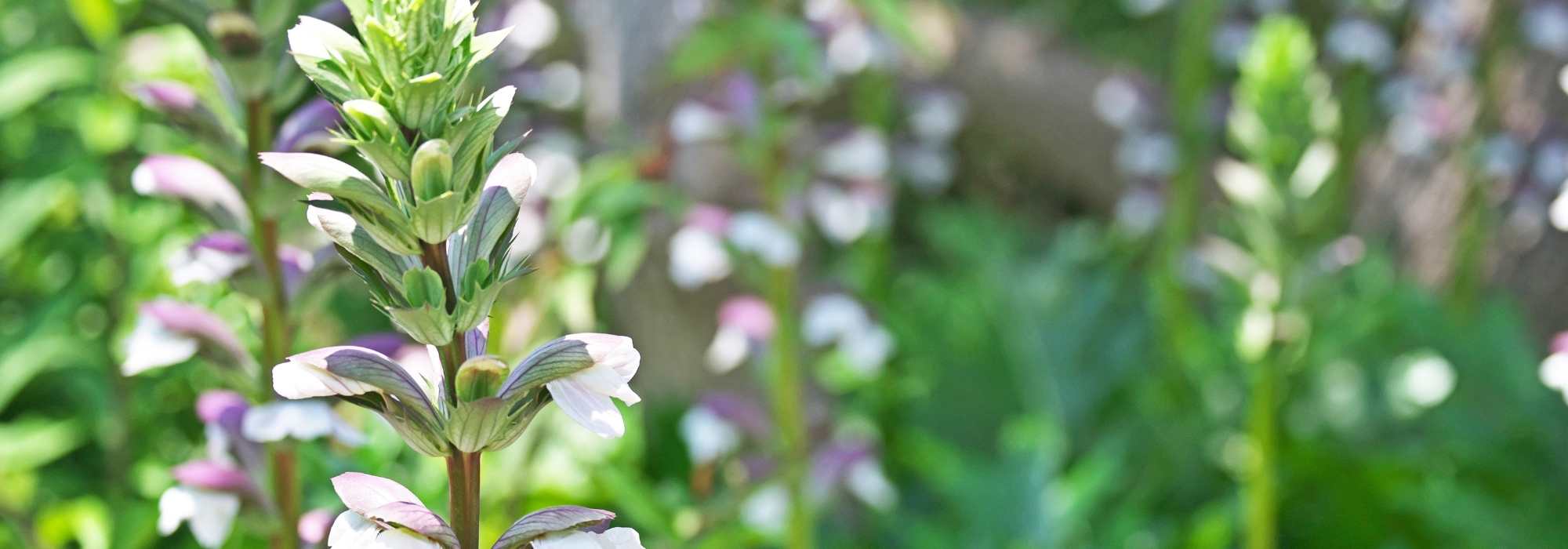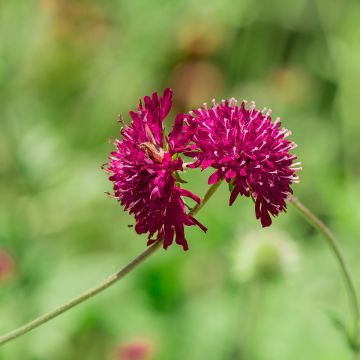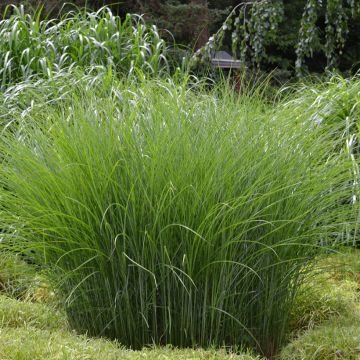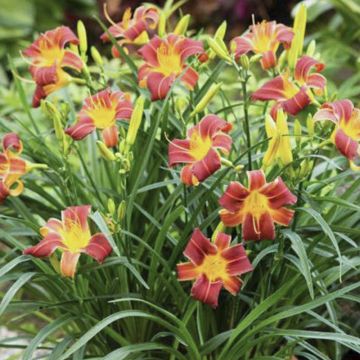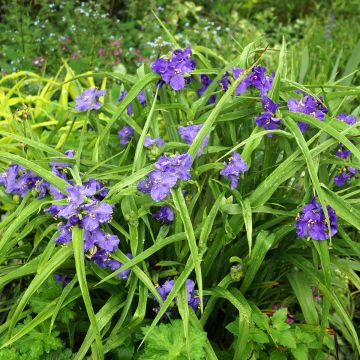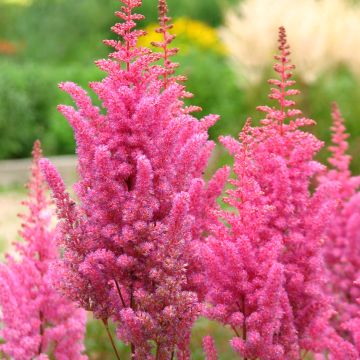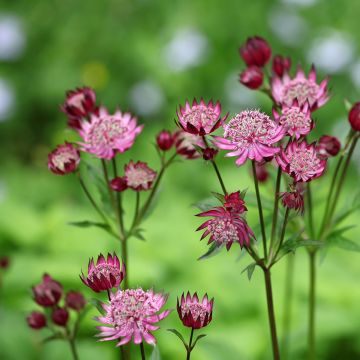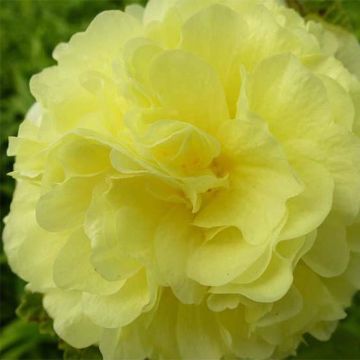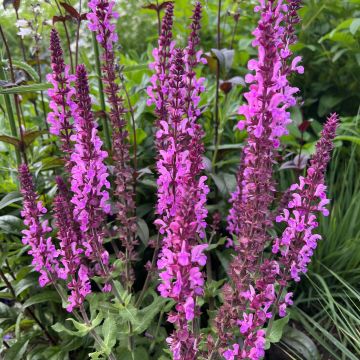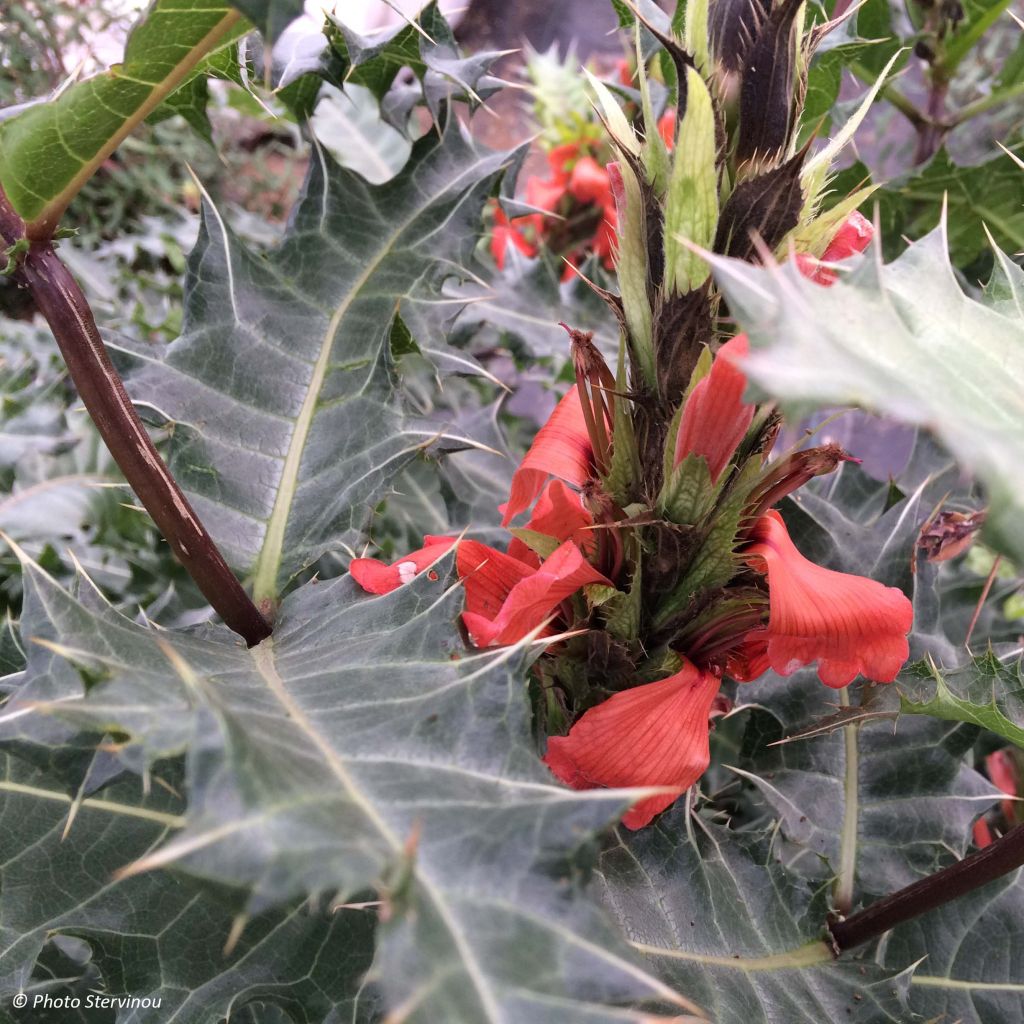

Acanthus sennii
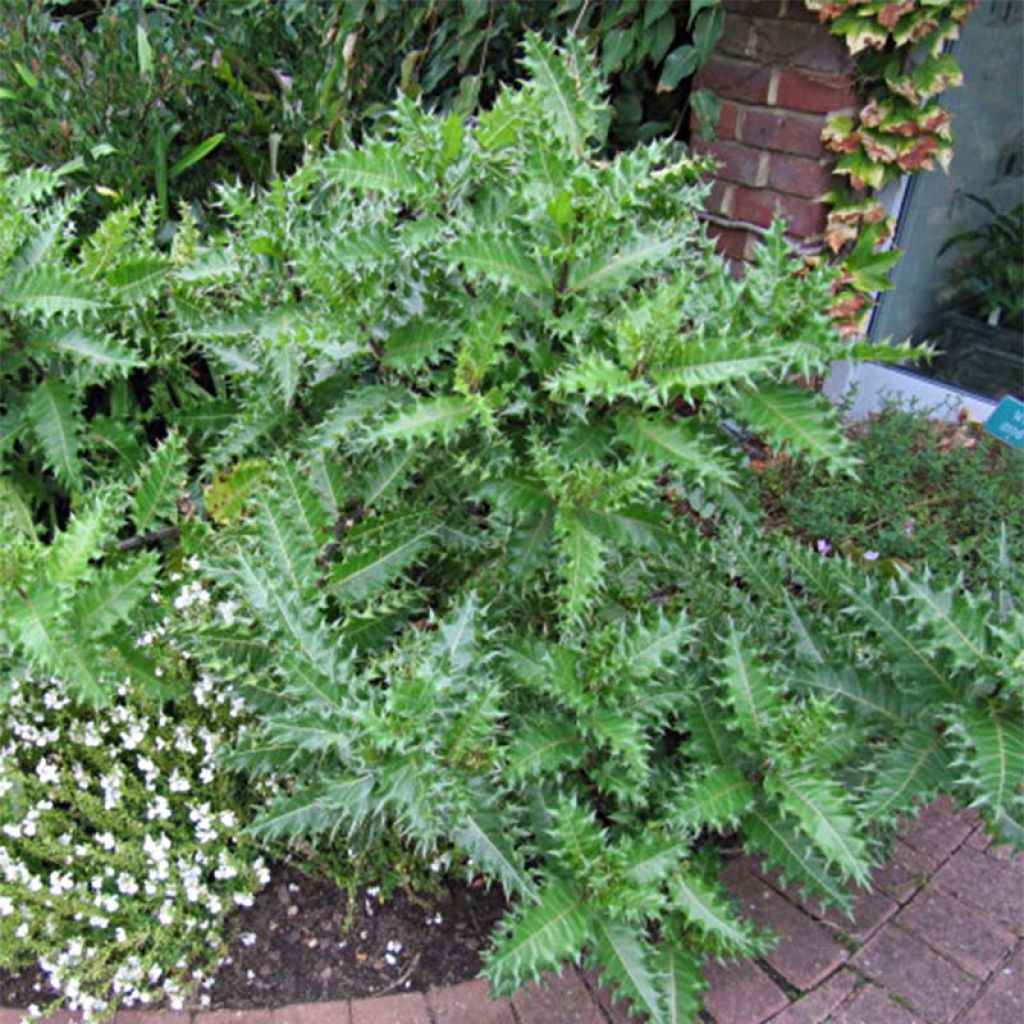

Acanthus sennii
Acanthus sennii
Acanthus sennii
Ethiopian acanthus
She absolutely needs to be watered. Planted in the Haut Var, the young plant requires regular watering.
Sennii, 24/08/2023
Special offer!
Receive a €20 voucher for any order over €90 (excluding delivery costs, credit notes, and plastic-free options)!
1- Add your favorite plants to your cart.
2- Once you have reached €90, confirm your order (you can even choose the delivery date!).
3- As soon as your order is shipped, you will receive an email containing your voucher code, valid for 3 months (90 days).
Your voucher is unique and can only be used once, for any order with a minimum value of €20, excluding delivery costs.
Can be combined with other current offers, non-divisible and non-refundable.
Home or relay delivery (depending on size and destination)
Schedule delivery date,
and select date in basket
This plant carries a 12 months recovery warranty
More information
We guarantee the quality of our plants for a full growing cycle, and will replace at our expense any plant that fails to recover under normal climatic and planting conditions.

Does this plant fit my garden?
Set up your Plantfit profile →
Description
Acanthus sennii is a spectacular acanthus that will delight fans of unusual plants. Bushy and evergreen in its native lands, this botanical species generally behaves as a perennial in our gardens, regrowing from the base each spring. It bears on dark stems thistle-like foliage, highly dissected, spiny, glossy, veined with silver, and is adorned in late summer or autumn with spikes of bright red flowers. It is highly architectural, surprising, and ideal for a large exotic or Mediterranean bed in milder areas. Collectors of rare plants could keep it in a large pot, allowing for winter storage. With its unique features and elegant appearance, this lesser-known plant is quickly becoming popular among gardeners.
The Acanthus sennii is an African cousin of the Mediterranean Acanthus mollis, belonging to the same family, Acanthaceae. It originates from the high plateaus of Ethiopia, where it grows between 1700 and 3200m (5577 and 10499ft) in altitude. This thorny plant, which can form a bushy shrub exceeding 2m (7ft) in height, is often used as a hedge to protect vegetable gardens. Some gardeners suggest that in our climate, whilst frost can damage the foliage, the base may survive winter in zone 8b if it is well-protected and established in well-drained soil. This means the base can withstand brief freezing temperatures around -6°C/-8°C (17.6°F).
It is an herbaceous plant that can become woody in mild climates. This acanthus develops strong, branched stems of a black-violet colour from the perennial base. The foliage forms a bush that can reach, depending on the mildness of the climate, from 1 to 2.50m (3 to 8ft) in height and 60cm (24in) to 1.20m (4ft) in spread. The stems bear large leaves that resemble those of holly or certain thistles. Thick, leathery, and glossy, they are deeply lobed, with each tooth extended by a fierce spine. Their colour is more or less greyish green, with silver veins. The drier the soil in which the plant grows, the more silver the foliage will be. The young shoots are less spiny and display a soft pink-grey colour bordered by violet; the mature leaves often close around these young shoots to protect them from the sun. Flowering usually occurs in warmer areas in September-October, sometimes as early as August, and sometimes in late autumn in cooler climates. Plants at least 1.2m in height develop typical acanthus flowers in spikes at the tip of their stems. These spikes bear large flowers measuring 8-10cm (3-4in) in length, bilabiate, with a well-developed lower lobe, in a scarlet red colour. A spiny bract tops each flower. Acanthus attracts large pollinating insects, such as bumblebees or carpenter bees. The fruits are shiny capsules containing large seeds. The plant should be pruned and its base protected when the temperature drops below -5°C. Vegetation will regrow in spring. This very sober and undemanding plant needs some water during the flowering period.
The Ethiopian acanthus is not lacking in character or charm; it is a truly magnificent plant that cannot go unnoticed. When planted in the ground in mild climates, it can form a beautiful shrub that can be displayed as a standalone specimen or tucked into a defensive hedge or exotic bed. It can also be grown in a pot but requires caution when handled due to its spiny vegetation. In a dry garden, it is a robust perennial that pairs well with the late blue blooms of Caryopteris, Ceratostigma griffithii, or Perowskia 'Blue Spire'. It also pairs well with tall euphorbias (Euphorbia mellifera or dendroides), Centaurea pulcherrima, and Lobelia tupa.
Acanthus sennii in pictures
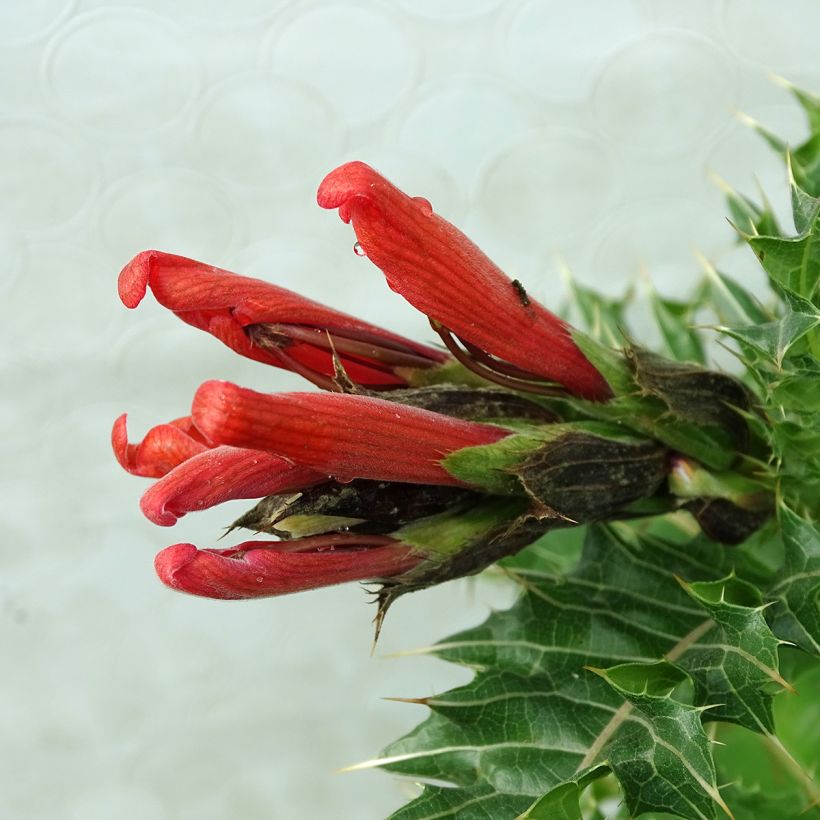

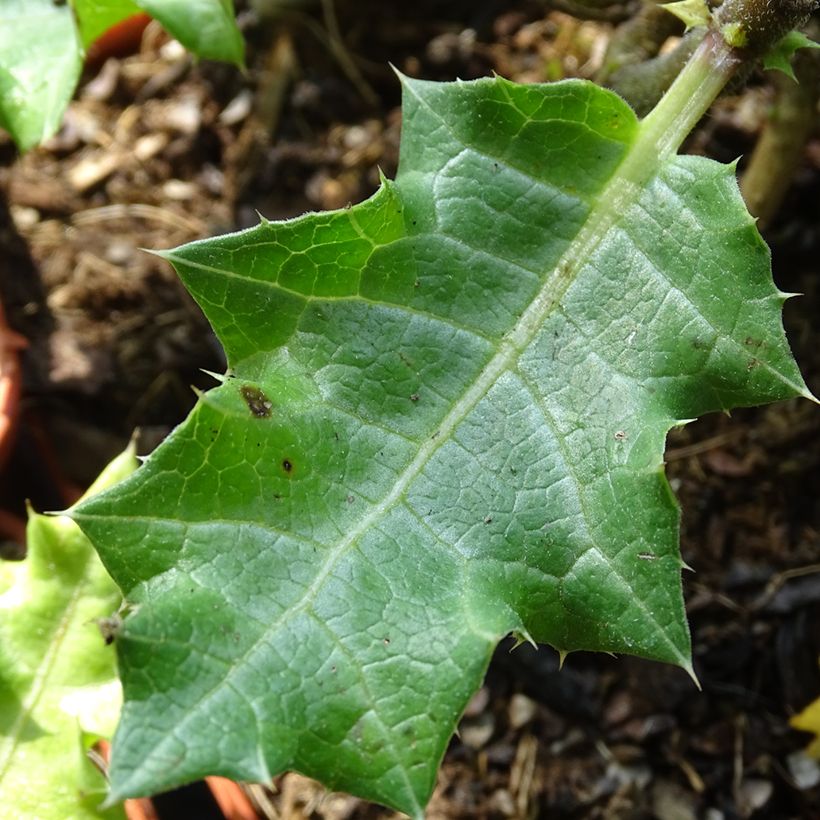

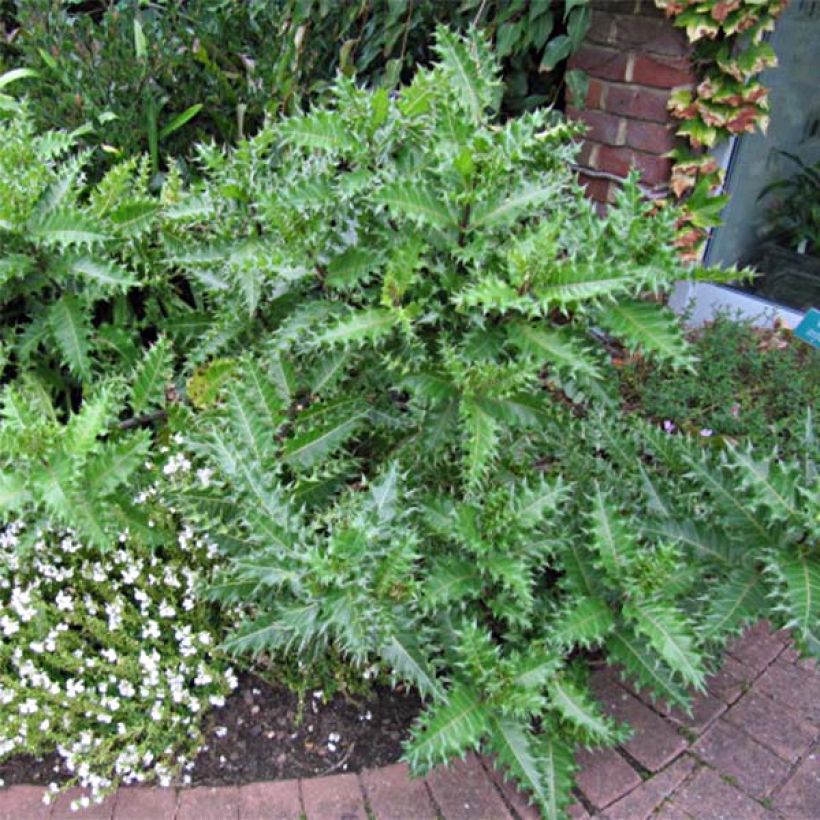

Flowering
Foliage
Plant habit
Botanical data
Acanthus
sennii
Acanthaceae
Ethiopian acanthus
Acanthus arboreus var. ruber, Acanthus sennii var. lanatus
East Africa
Other Acanthus
View all →Planting and care
The Acanthus sennii is hardy up to -5°C (23°F) if care is taken to plant it in well-drained, sandy or gravelly soil and to provide a thick mulch at its base during the first two winters. This vine plant grows quickly and adapts easily to all types of soil, even dry ones. However, it prefers sandy or gravelly soils that are relatively fertile, moist in autumn and spring, and can tolerate summer drought. It appreciates some coolness at its base during the flowering and growth period. The species thrives in sunny, wind-sheltered locations but also tolerates partial shade. Be careful; like all Acanthus plants, it does not like to be moved. Beware of the plant's cilia; it is advisable to wear gloves. Prune the dead vegetation in late autumn and protect the base well. Acanthus sennii will start growing vigorously again in spring. Be patient!
Planting period
Intended location
Care
Planting & care advice
-
, onOrder confirmed
Reply from on Promesse de fleurs
Similar products
Haven't found what you were looking for?
Hardiness is the lowest winter temperature a plant can endure without suffering serious damage or even dying. However, hardiness is affected by location (a sheltered area, such as a patio), protection (winter cover) and soil type (hardiness is improved by well-drained soil).

Photo Sharing Terms & Conditions
In order to encourage gardeners to interact and share their experiences, Promesse de fleurs offers various media enabling content to be uploaded onto its Site - in particular via the ‘Photo sharing’ module.
The User agrees to refrain from:
- Posting any content that is illegal, prejudicial, insulting, racist, inciteful to hatred, revisionist, contrary to public decency, that infringes on privacy or on the privacy rights of third parties, in particular the publicity rights of persons and goods, intellectual property rights, or the right to privacy.
- Submitting content on behalf of a third party;
- Impersonate the identity of a third party and/or publish any personal information about a third party;
In general, the User undertakes to refrain from any unethical behaviour.
All Content (in particular text, comments, files, images, photos, videos, creative works, etc.), which may be subject to property or intellectual property rights, image or other private rights, shall remain the property of the User, subject to the limited rights granted by the terms of the licence granted by Promesse de fleurs as stated below. Users are at liberty to publish or not to publish such Content on the Site, notably via the ‘Photo Sharing’ facility, and accept that this Content shall be made public and freely accessible, notably on the Internet.
Users further acknowledge, undertake to have ,and guarantee that they hold all necessary rights and permissions to publish such material on the Site, in particular with regard to the legislation in force pertaining to any privacy, property, intellectual property, image, or contractual rights, or rights of any other nature. By publishing such Content on the Site, Users acknowledge accepting full liability as publishers of the Content within the meaning of the law, and grant Promesse de fleurs, free of charge, an inclusive, worldwide licence for the said Content for the entire duration of its publication, including all reproduction, representation, up/downloading, displaying, performing, transmission, and storage rights.
Users also grant permission for their name to be linked to the Content and accept that this link may not always be made available.
By engaging in posting material, Users consent to their Content becoming automatically accessible on the Internet, in particular on other sites and/or blogs and/or web pages of the Promesse de fleurs site, including in particular social pages and the Promesse de fleurs catalogue.
Users may secure the removal of entrusted content free of charge by issuing a simple request via our contact form.
The flowering period indicated on our website applies to countries and regions located in USDA zone 8 (France, the United Kingdom, Ireland, the Netherlands, etc.)
It will vary according to where you live:
- In zones 9 to 10 (Italy, Spain, Greece, etc.), flowering will occur about 2 to 4 weeks earlier.
- In zones 6 to 7 (Germany, Poland, Slovenia, and lower mountainous regions), flowering will be delayed by 2 to 3 weeks.
- In zone 5 (Central Europe, Scandinavia), blooming will be delayed by 3 to 5 weeks.
In temperate climates, pruning of spring-flowering shrubs (forsythia, spireas, etc.) should be done just after flowering.
Pruning of summer-flowering shrubs (Indian Lilac, Perovskia, etc.) can be done in winter or spring.
In cold regions as well as with frost-sensitive plants, avoid pruning too early when severe frosts may still occur.
The planting period indicated on our website applies to countries and regions located in USDA zone 8 (France, United Kingdom, Ireland, Netherlands).
It will vary according to where you live:
- In Mediterranean zones (Marseille, Madrid, Milan, etc.), autumn and winter are the best planting periods.
- In continental zones (Strasbourg, Munich, Vienna, etc.), delay planting by 2 to 3 weeks in spring and bring it forward by 2 to 4 weeks in autumn.
- In mountainous regions (the Alps, Pyrenees, Carpathians, etc.), it is best to plant in late spring (May-June) or late summer (August-September).
The harvesting period indicated on our website applies to countries and regions in USDA zone 8 (France, England, Ireland, the Netherlands).
In colder areas (Scandinavia, Poland, Austria...) fruit and vegetable harvests are likely to be delayed by 3-4 weeks.
In warmer areas (Italy, Spain, Greece, etc.), harvesting will probably take place earlier, depending on weather conditions.
The sowing periods indicated on our website apply to countries and regions within USDA Zone 8 (France, UK, Ireland, Netherlands).
In colder areas (Scandinavia, Poland, Austria...), delay any outdoor sowing by 3-4 weeks, or sow under glass.
In warmer climes (Italy, Spain, Greece, etc.), bring outdoor sowing forward by a few weeks.






























